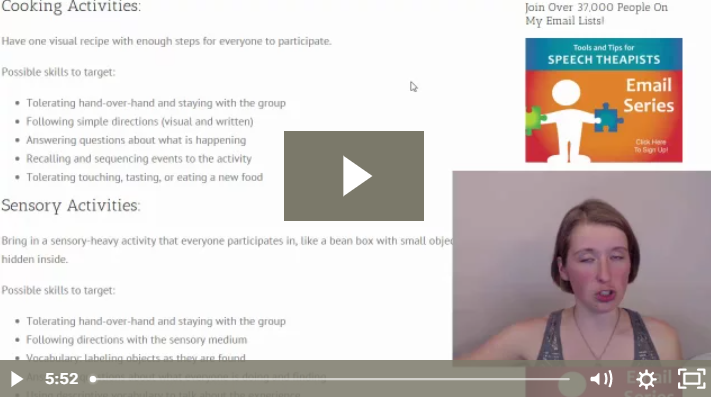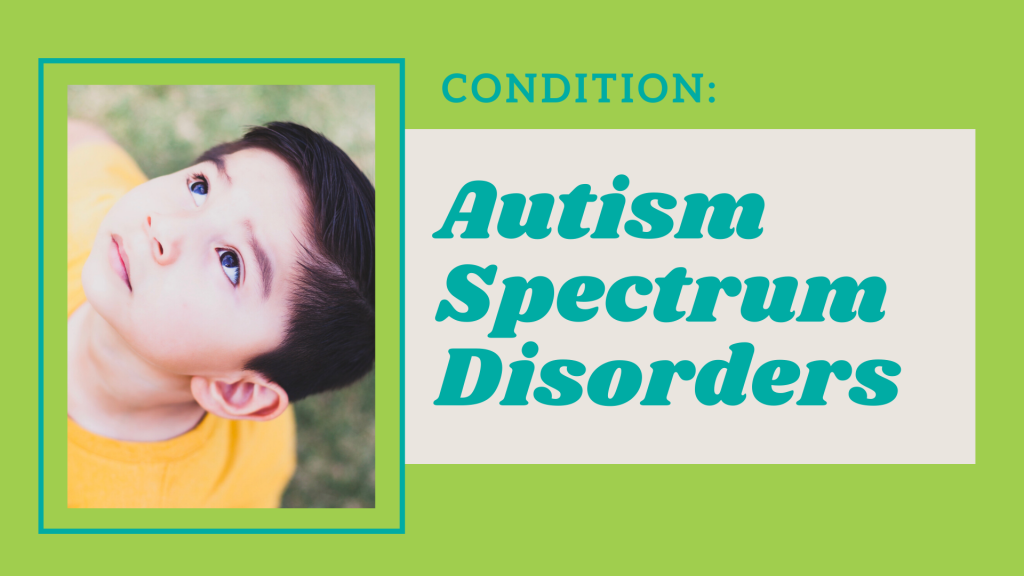Approach: Self-Contained Classroom / All Special-Education Classroom
Description:
What is a Self-Contained Classroom?
Unlike standard classrooms with a large number of peers, self-contained classrooms are typically smaller settings with a fewer number of students. Created to help foster enhanced support for students with special needs or specific difficulties, self-contained rooms are generally comprised of about ten students with unique struggles who are most commonly instructed by a lead teacher with a certification in special education. Self-contained classrooms will also have at least one paraeducator who provides instructional support under the guidance of the classroom teacher.
Due to recent curriculum shifts, some self-contained rooms cater to the diverse needs of students, such as those coping with autism spectrum disorder. A lead teacher, who is highly trained to help support students with autism, is able to provide greater assistance than what these students would typically receive in a classroom with a larger student-to-teacher ratio. Other examples of students who may be enrolled in self-contained rooms include students with developmental issues, behavioral concerns, students with specific academic struggles (i.e. in math, reading, science), or students learning to read with dyslexia.
Therapy Phases:
While no two self-contained classrooms will be the same, there are some common steps that you should take when working with a self-contained classroom:
- Identify Which Children You Serve: Not every child in a self-contained classroom may be on your caseload. Identify which children you will be responsible for serving and which, if any, will be a part of the group but not directly targeted.
- Review Goals/Plans for Each Child: Go through each child’s educational plan to make sure you understand what each client’s needs and goals are. It’s important to really see the big picture and know what the primary goal for a child is. For example, a child may be missing grammatical markers but if he’s in a self-contained classroom for self-harming behaviors, that is clearly a bigger priority than the grammatical markers so you would be focusing your therapy on supporting that area first.
- Connect and Plan with the Classroom Teacher: Most of the children in self-contained classrooms will be primarily served by the classroom teacher. It is important to work closely with that teacher to support his/her vision of the classroom needs. Ask what parts of the day are most challenging and identify what challenges would be alleviated by communication support.
- Observe Classroom Interactions and Routines: A great observation can go a long way in determining the needs of the classroom. Look specifically for problem situations or times when improved communication or communication supports could be helpful.
- Provide Environmental Supports and Teacher Training: Once you’ve collected information from the steps above, you’ll be ready to make some suggestions. Think of different environmental supports you can add to the classroom (such as adding AAC choice boards to the walls in different parts of the room, adding break cards, posting visual schedules, etc.) and identify need for parent/aide training (such as teaching an indirect communication style for a child who stutters or training an aide how to help a child with his AAC device). This should be a continuing process that occurs throughout the year as you work closely with the classroom teachers and aides. Be sure to listen to their needs as much as you make suggestions.
- Direct Group Therapy: You may choose to do therapy activities with the whole group. This may include book-reading activities, cooking/craft activities, sensory activities, etc. First identify the therapy goals that you want to target for each child and then choose an activity that will allow you to target those with the whole group. Social stories are great for this type of therapy as well as they can then be followed up with 1:1 support. Here are some more ideas for group therapy activities in a self-contained classroom.
- Direct 1:1 Therapy: You may also choose to support children in a one-to-one therapy model inside the classroom. During this type of therapy, you will want to ensure you review the goals that you want to target before each session and then support the child in using those skills during classroom activities. Examples include helping a child use his AAC device during snack time or assisting in following directions during transitions. You may also want to pull the child aside or out to teach a skill in an isolated setting before taking them back in to practice it in the natural environment again.
Training Videos:
Need some extra help with this approach? Check out these related training videos:






